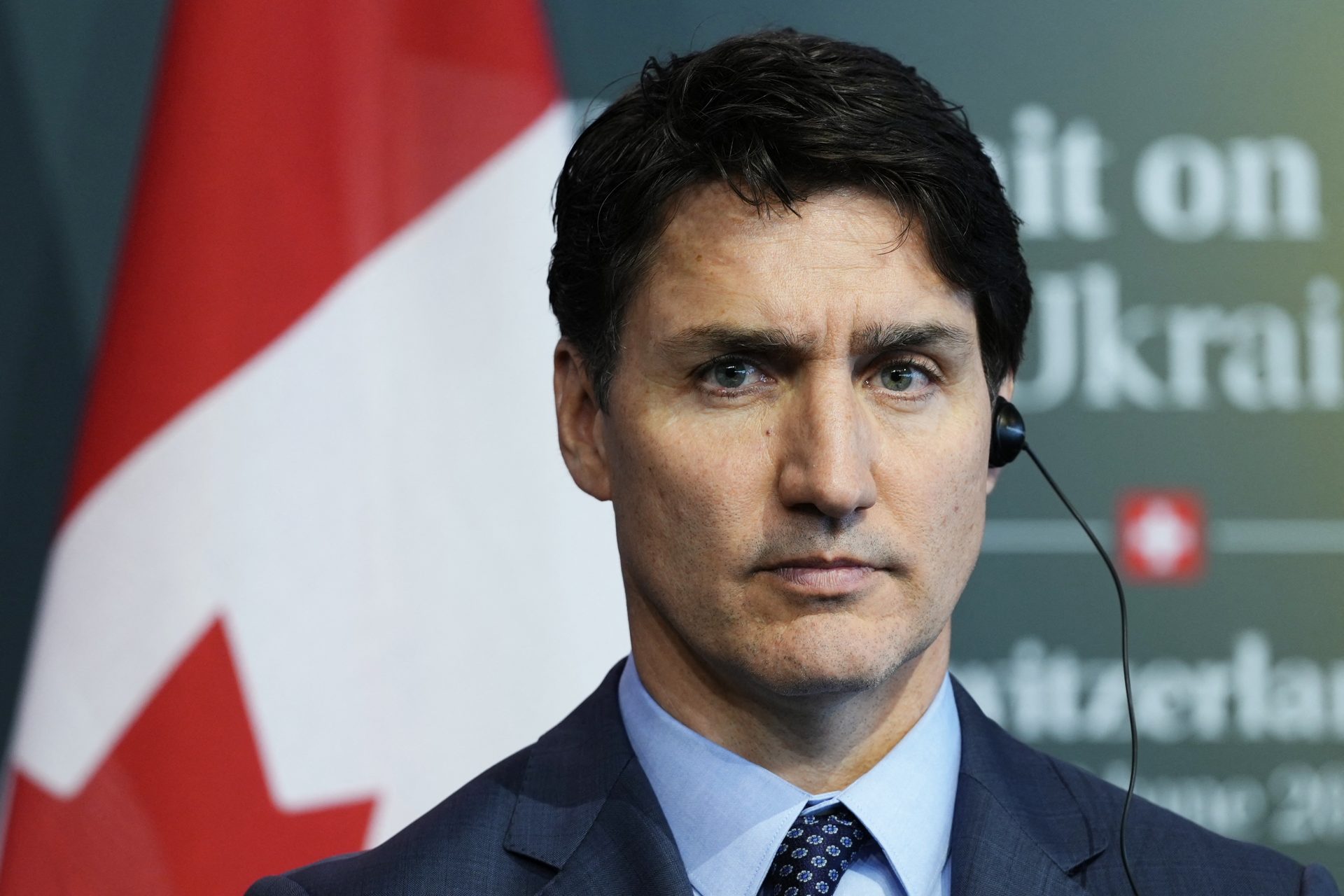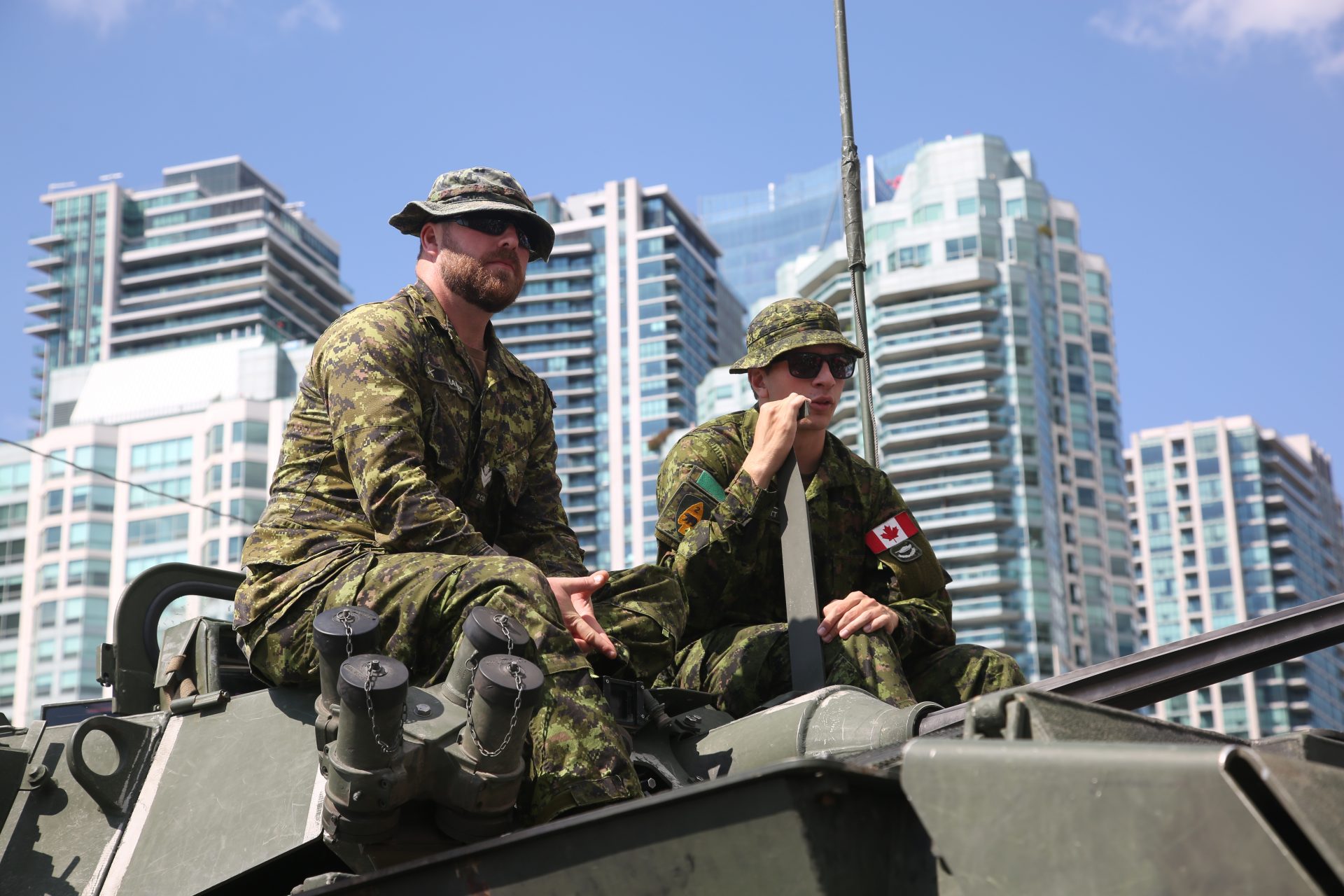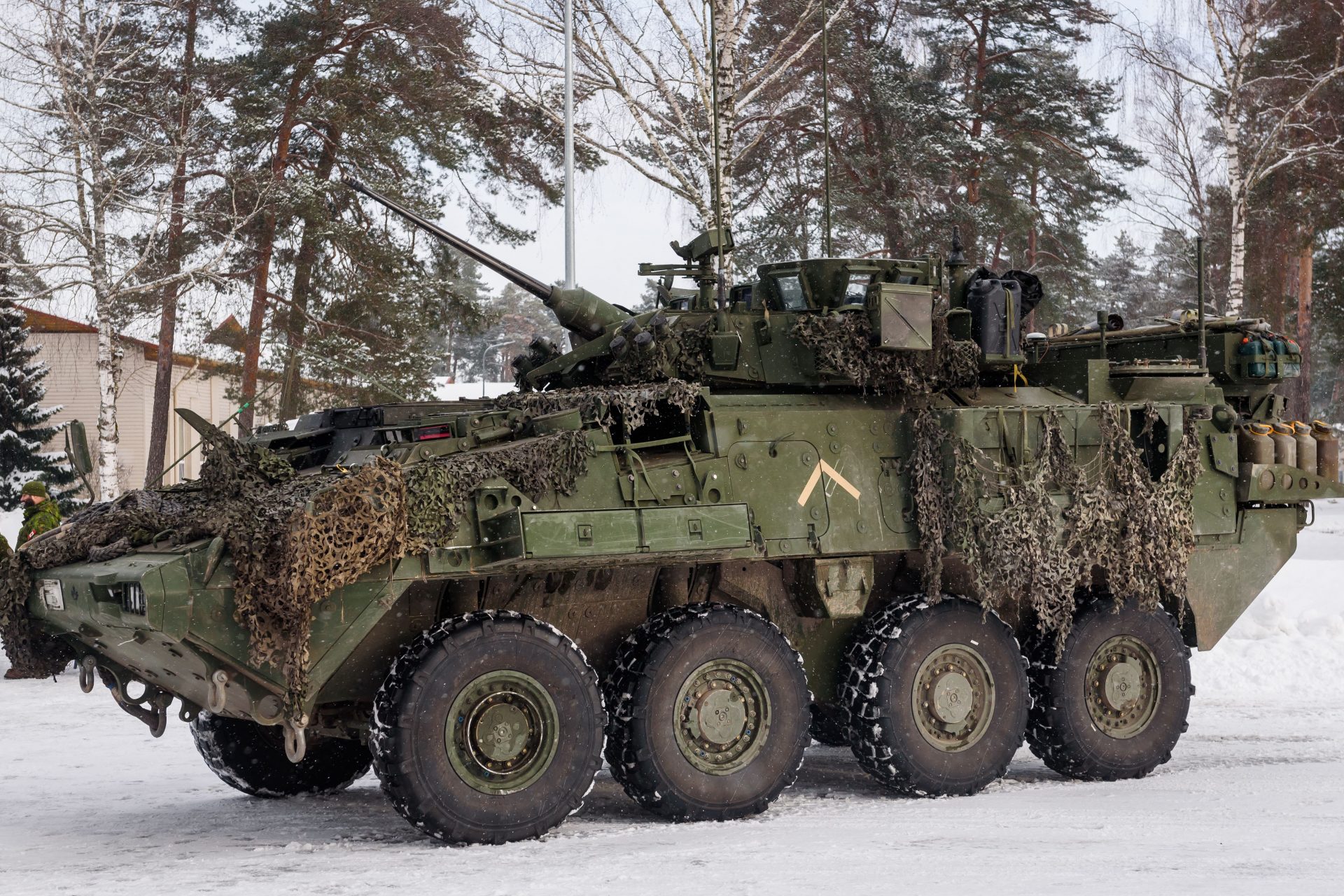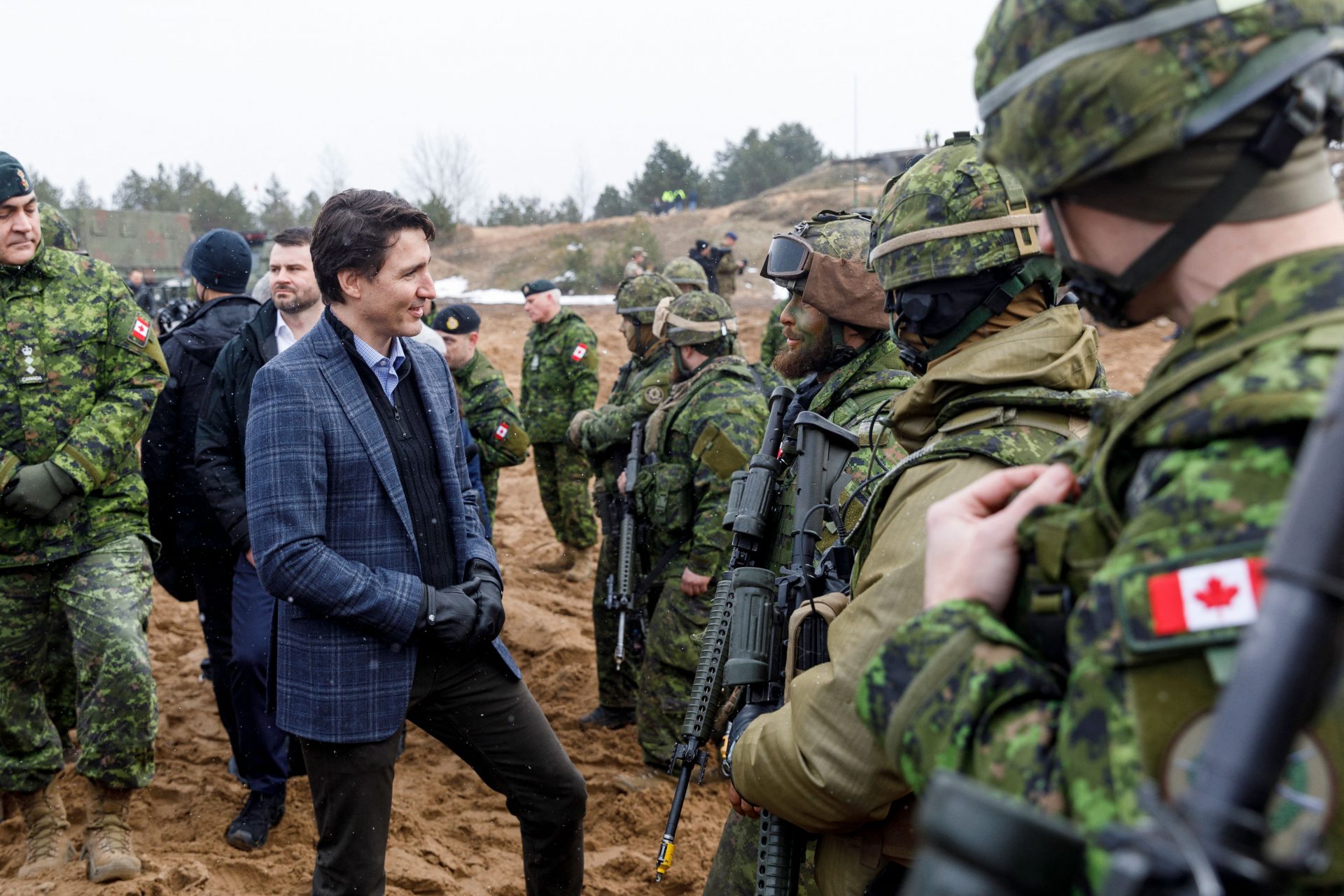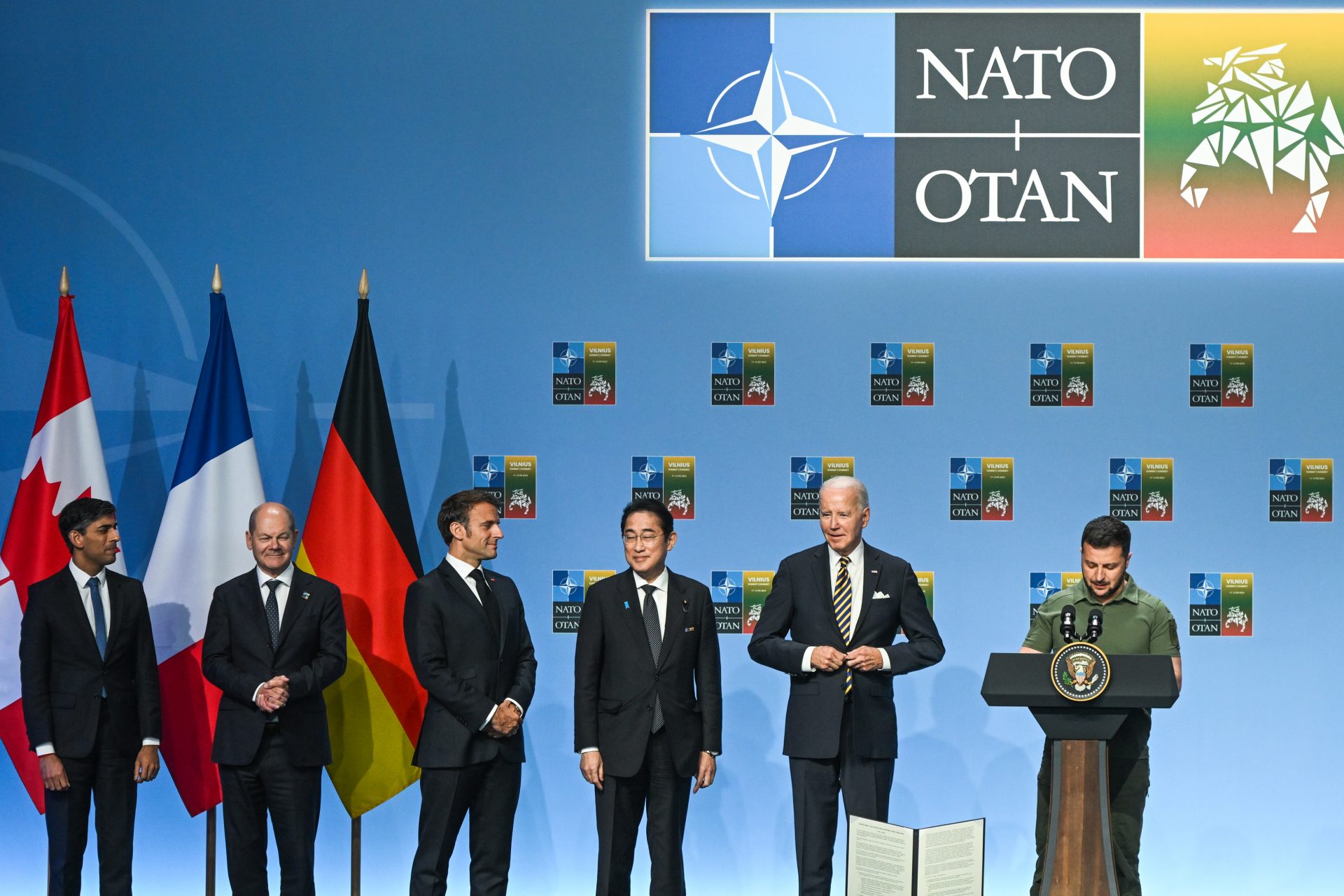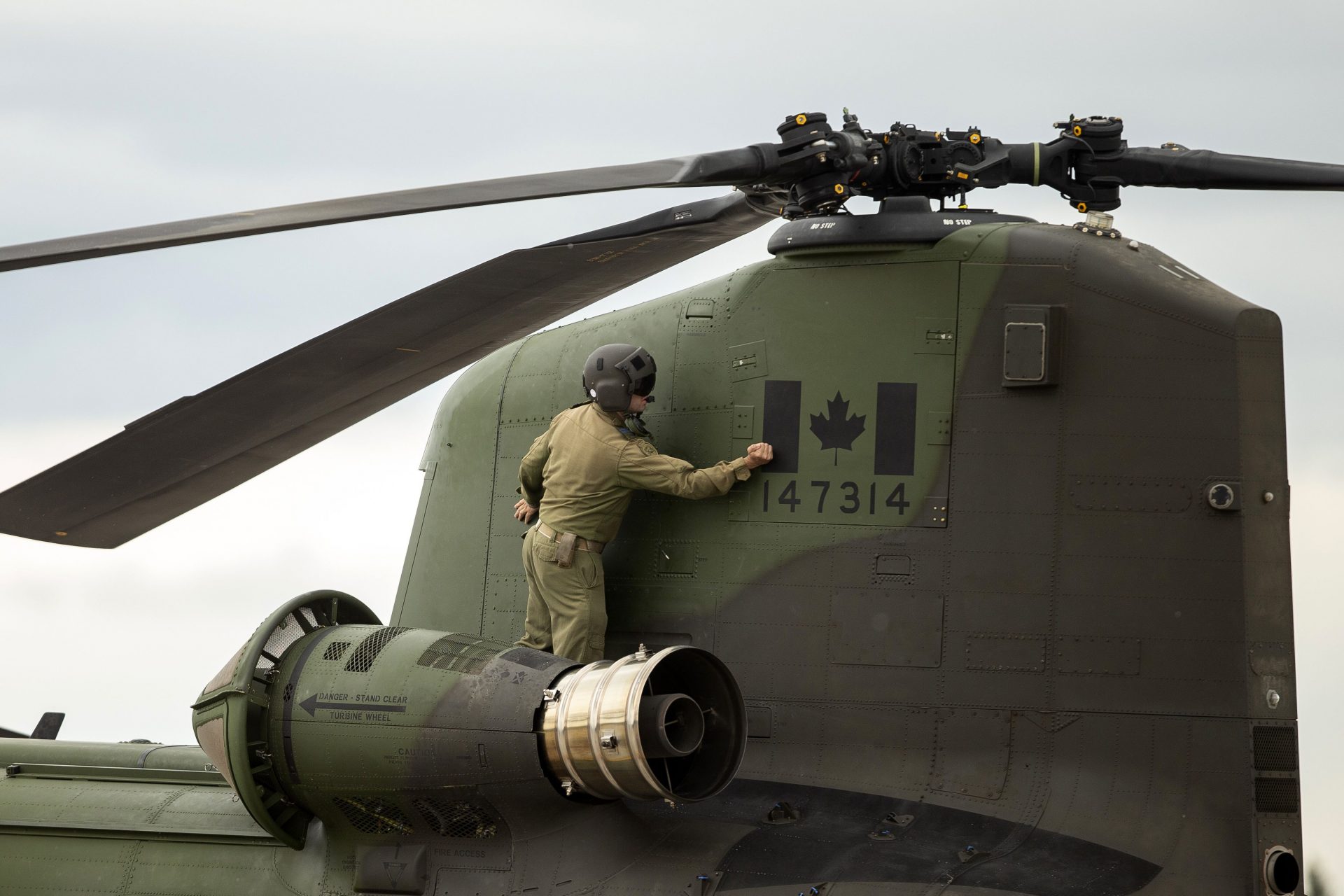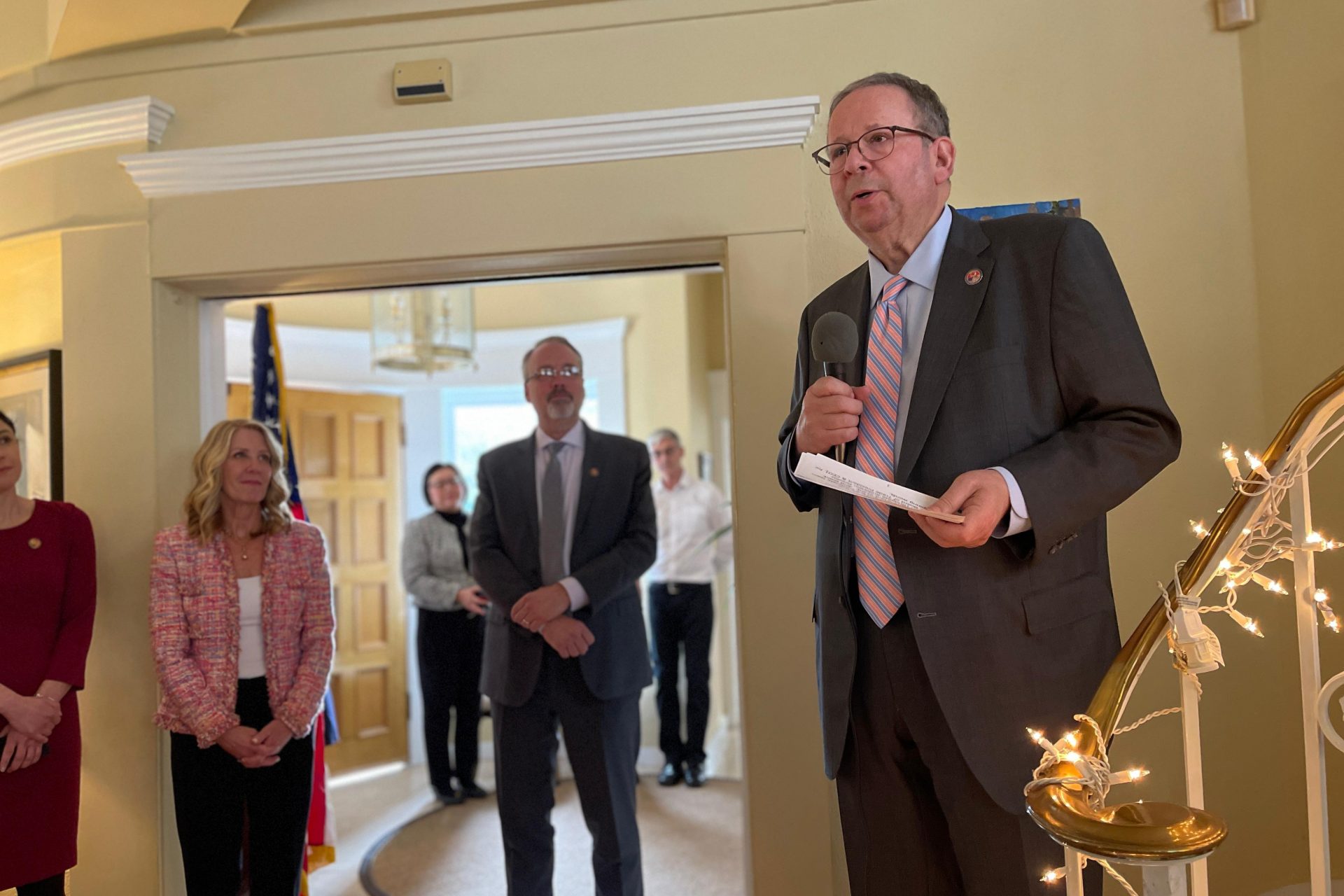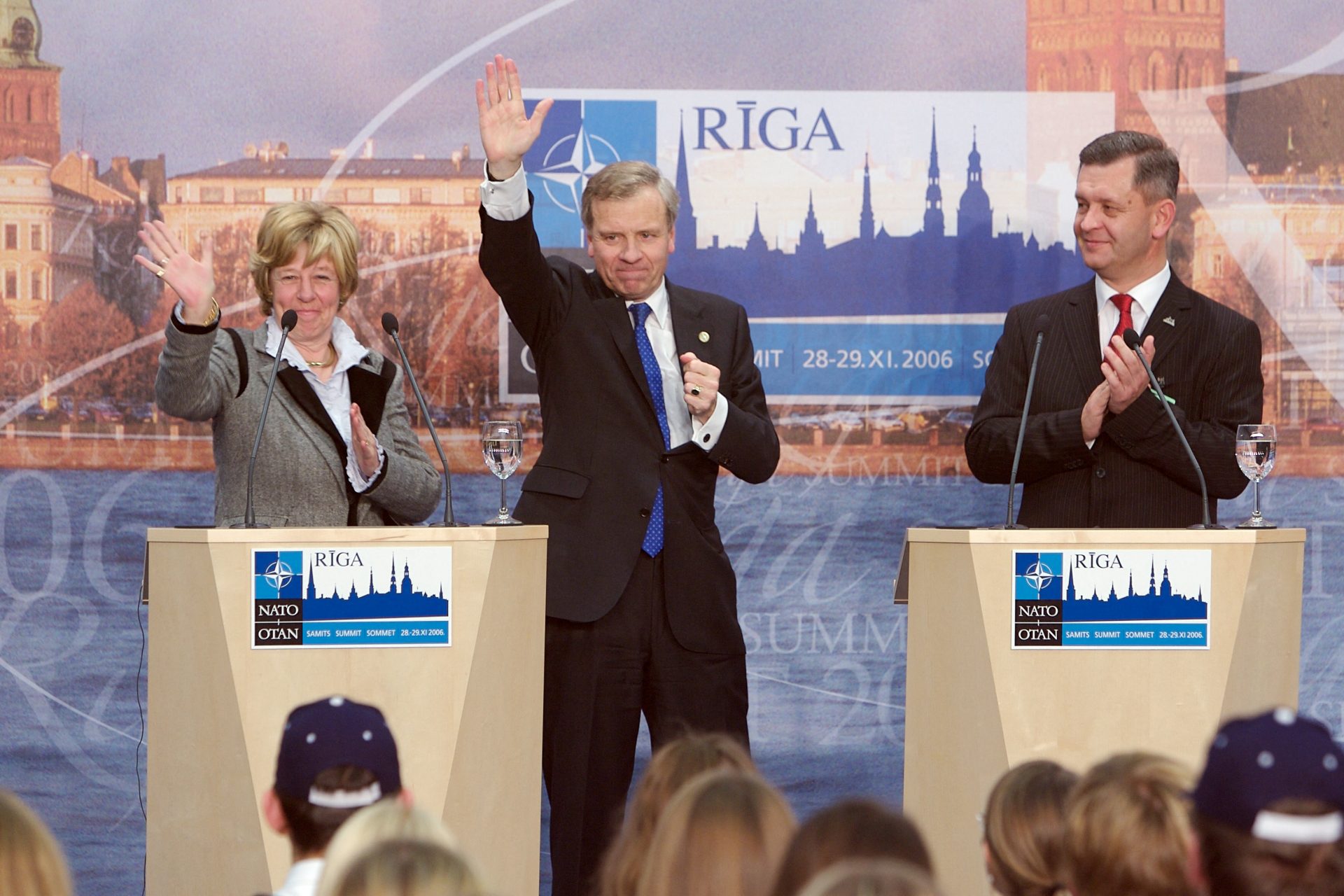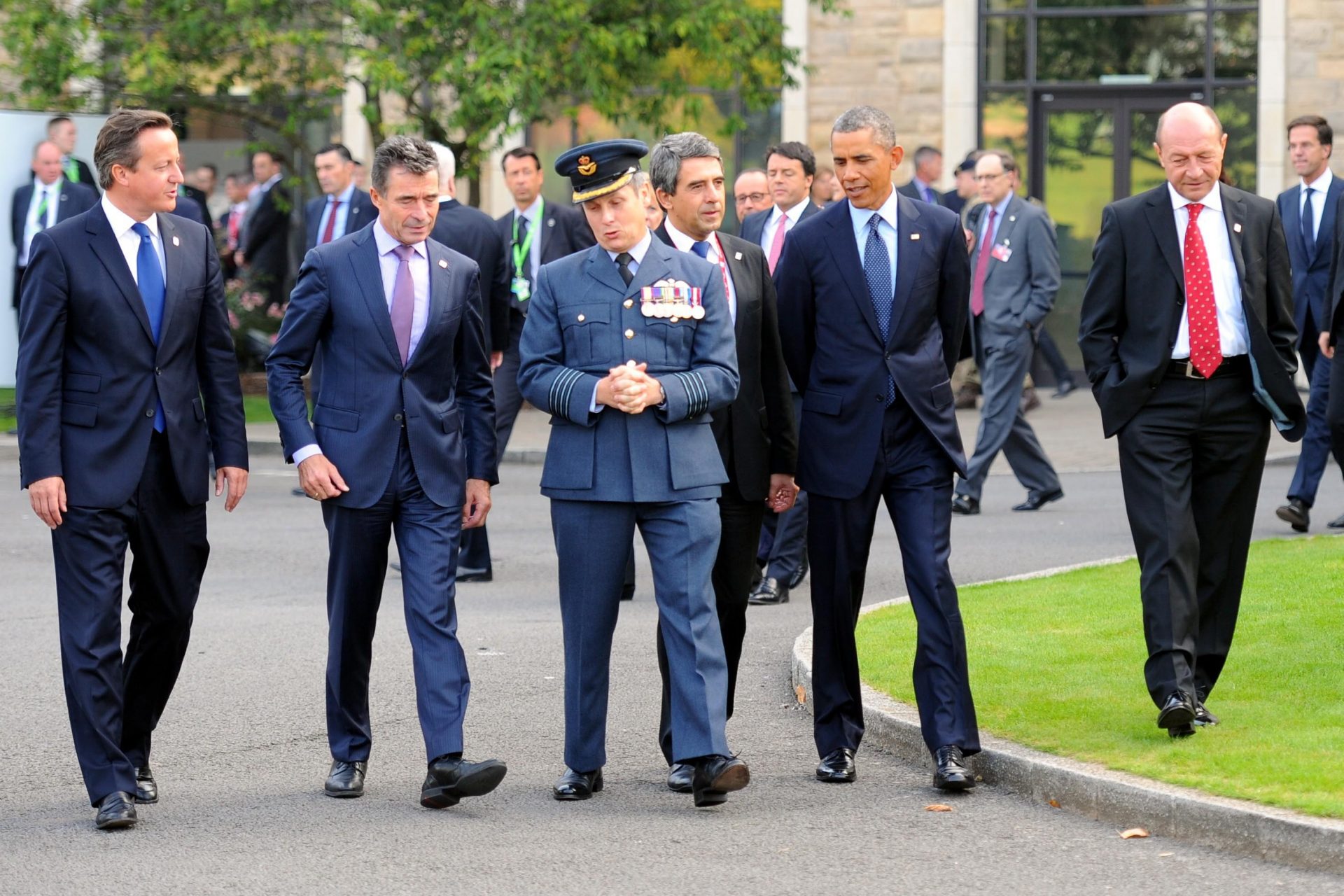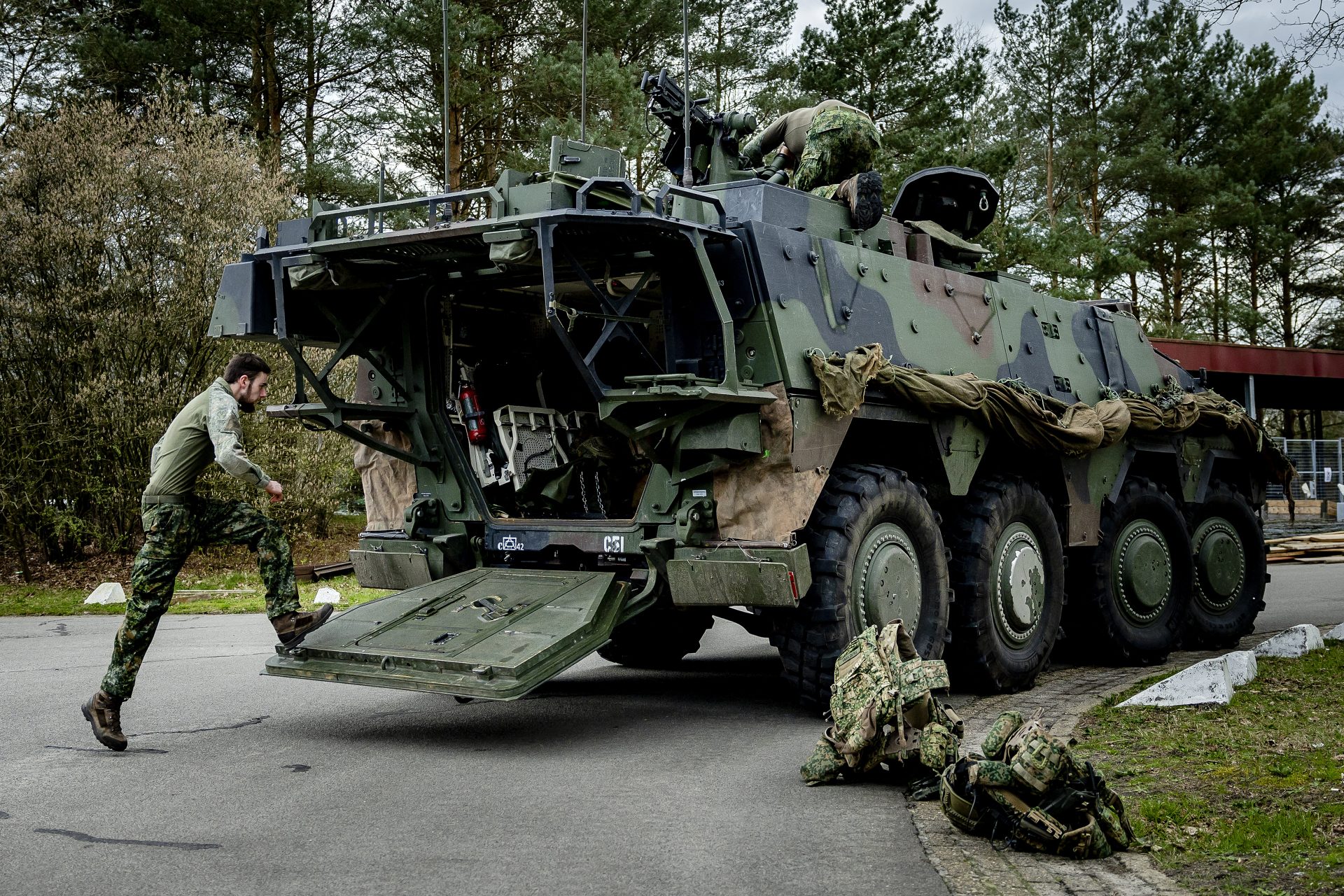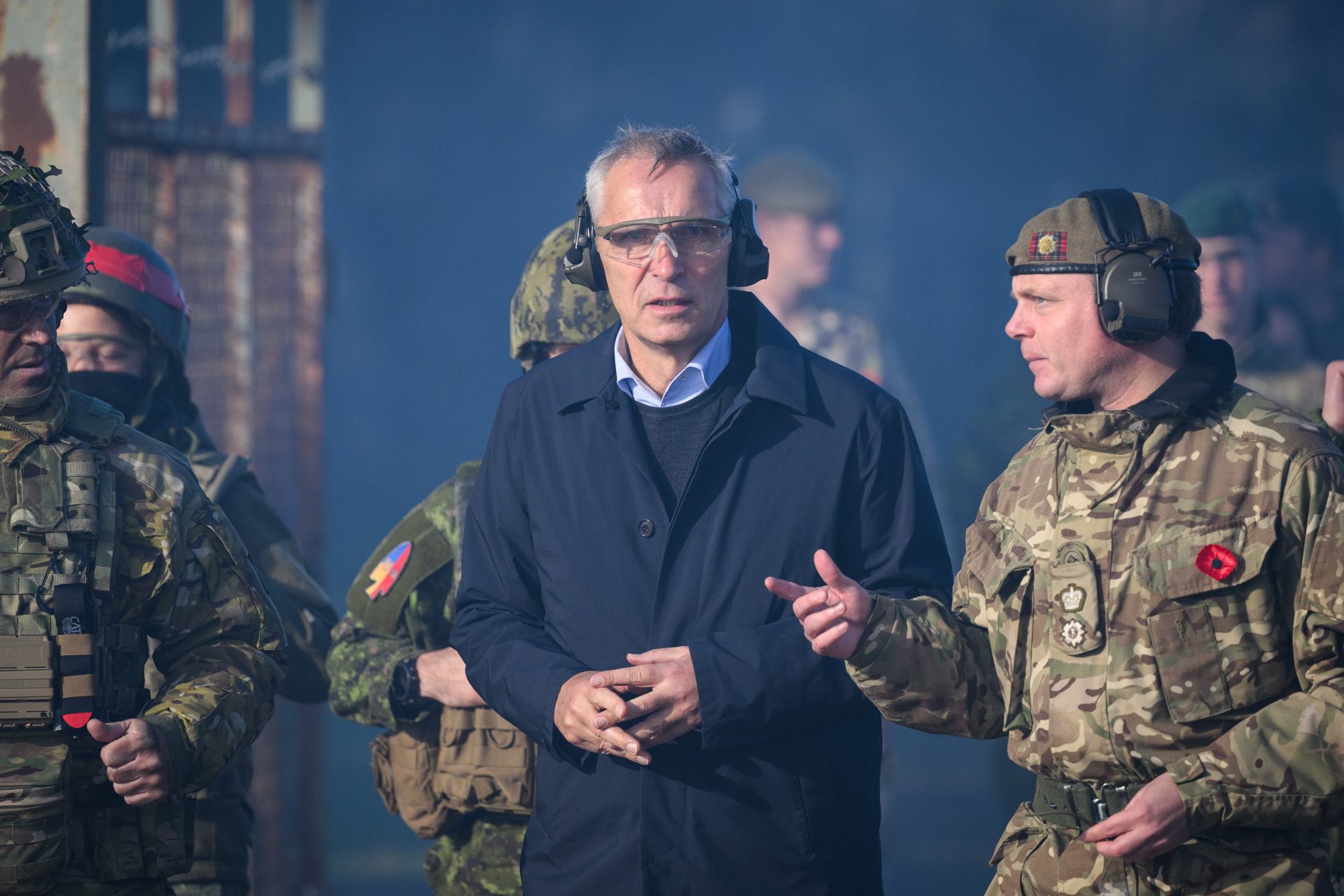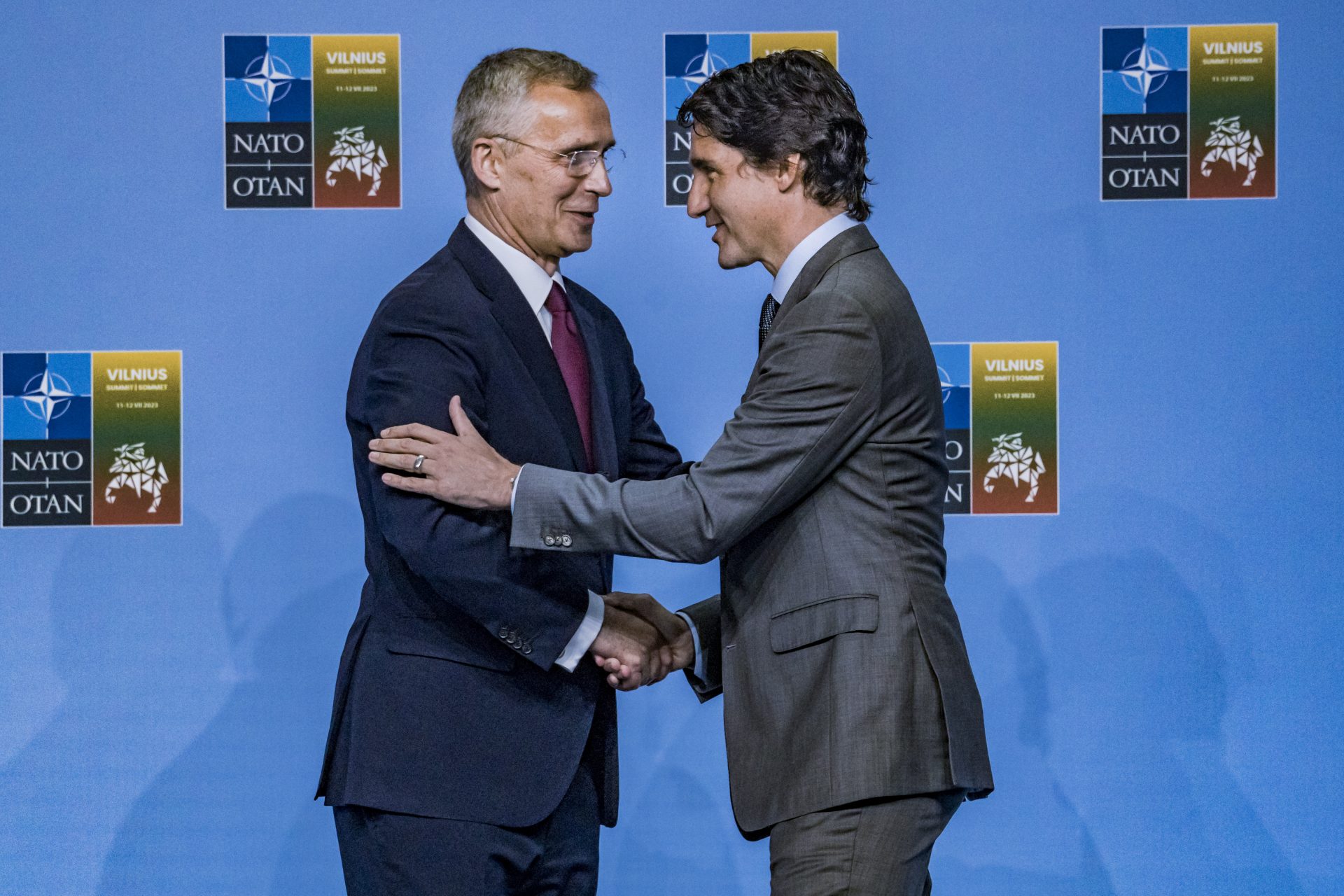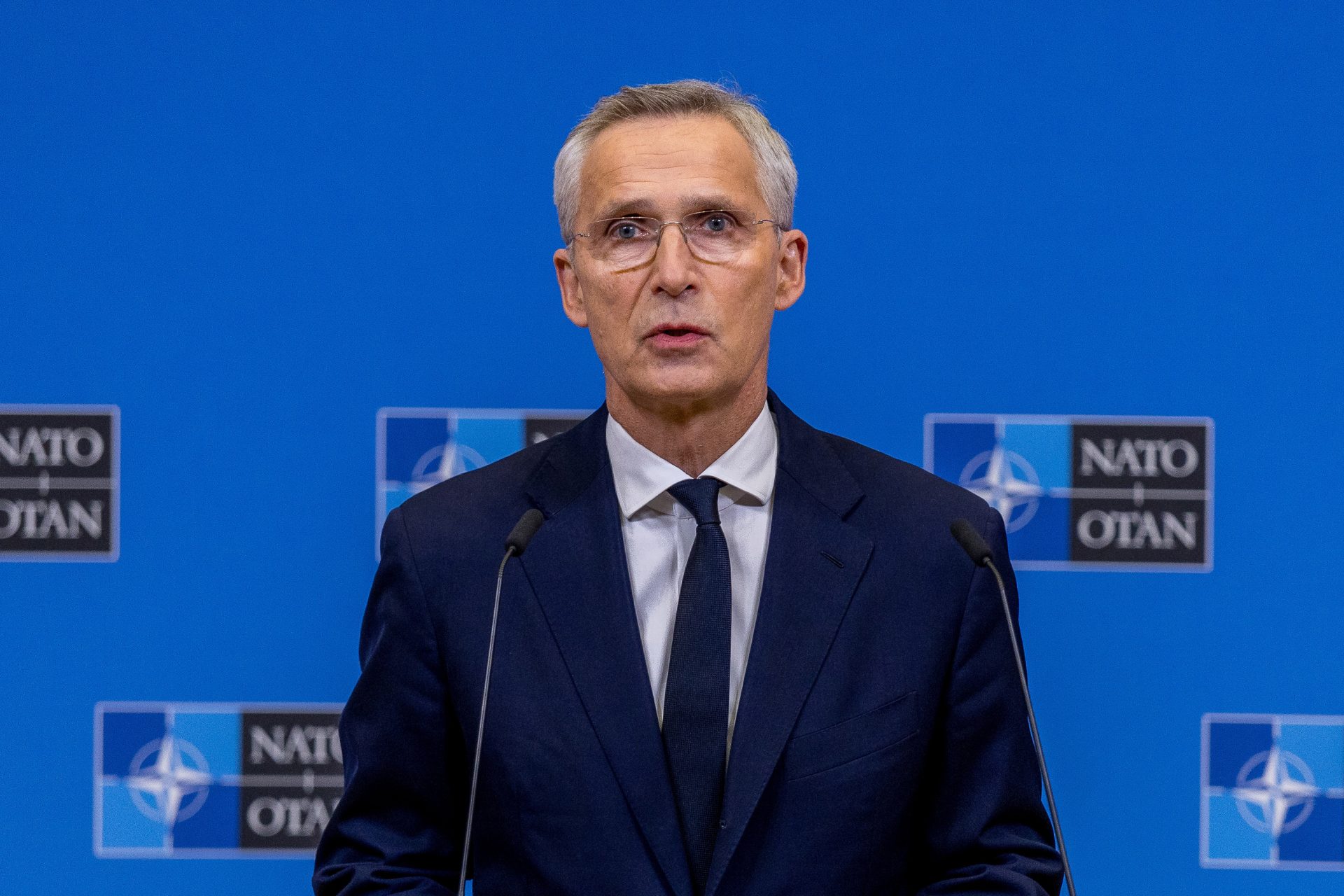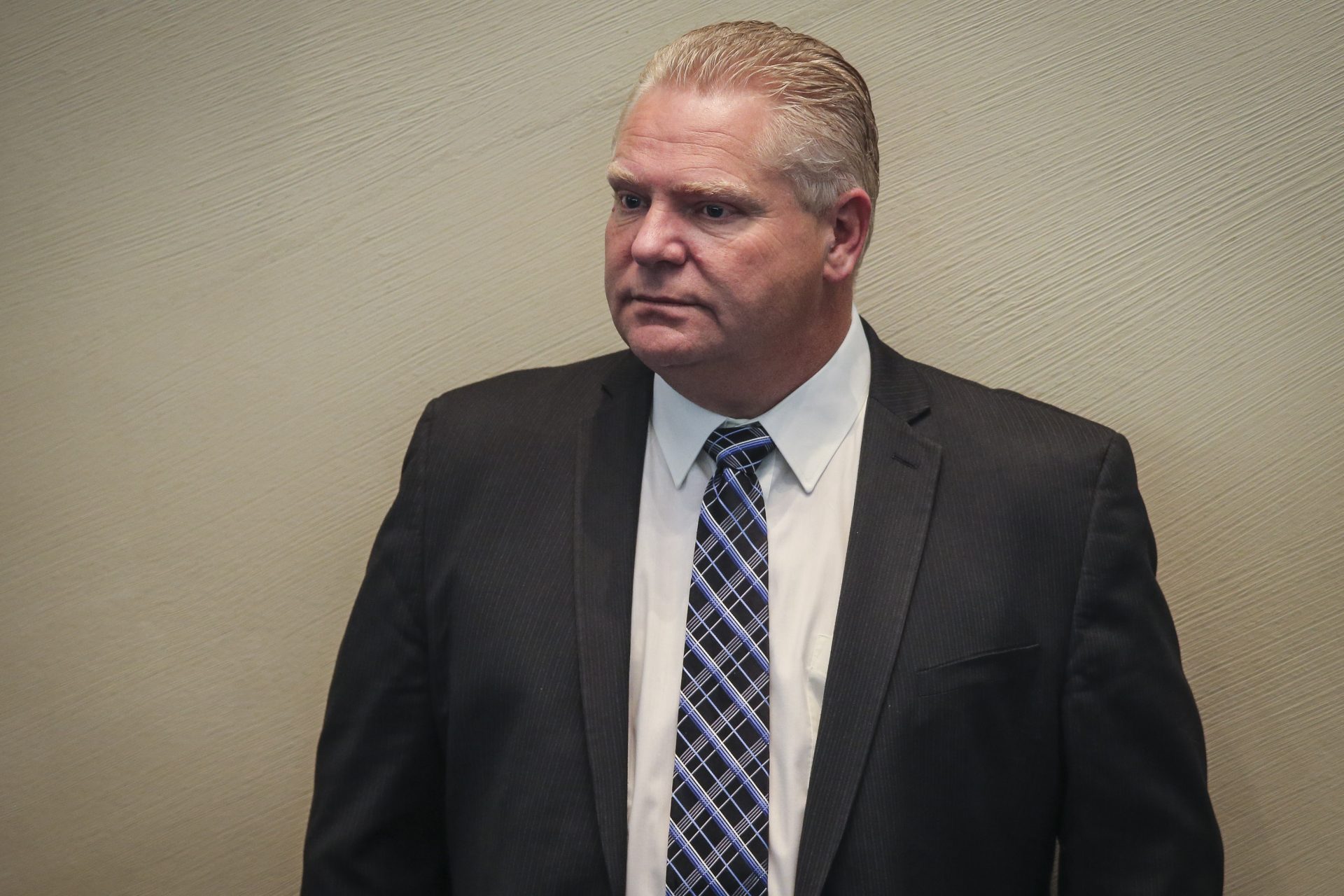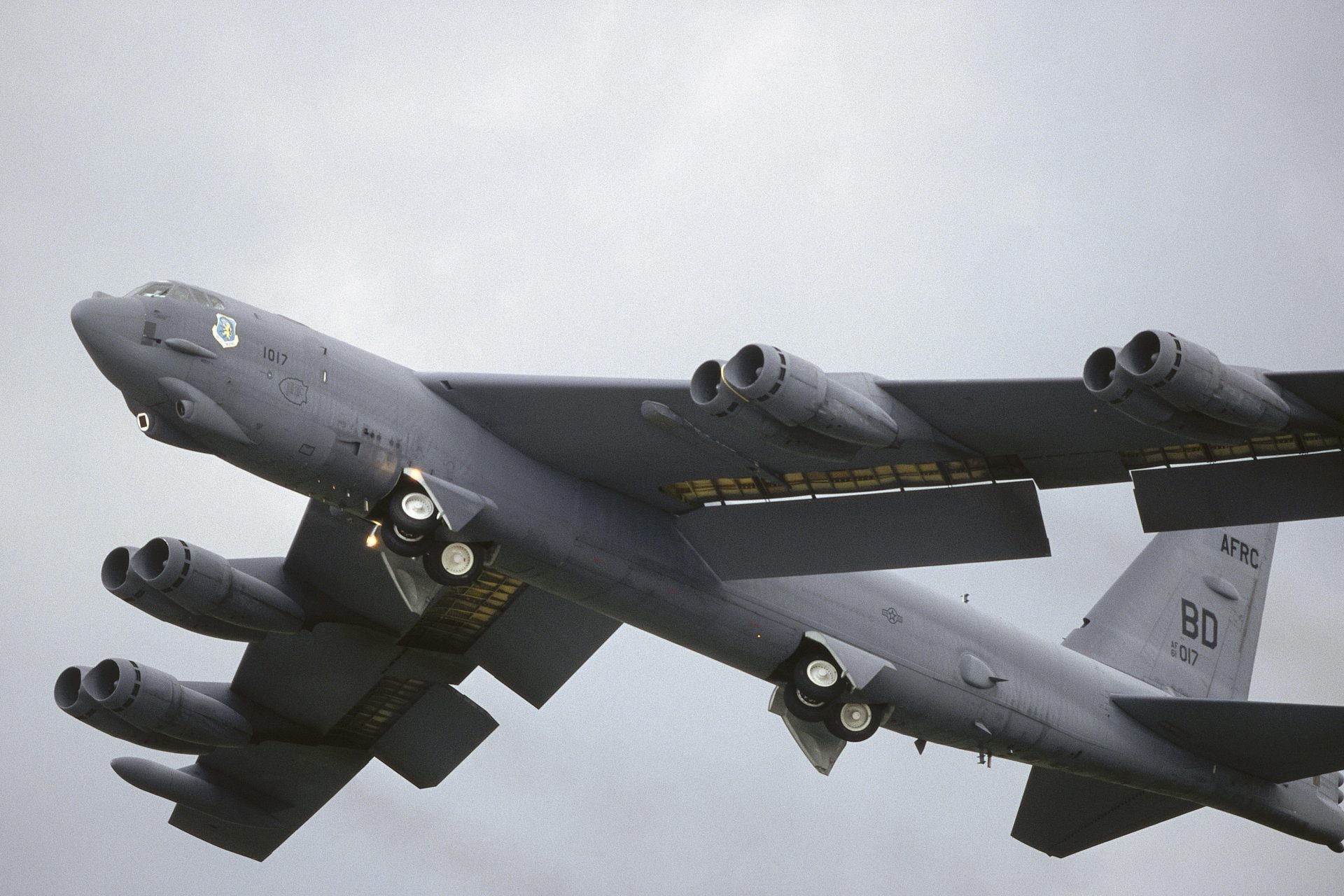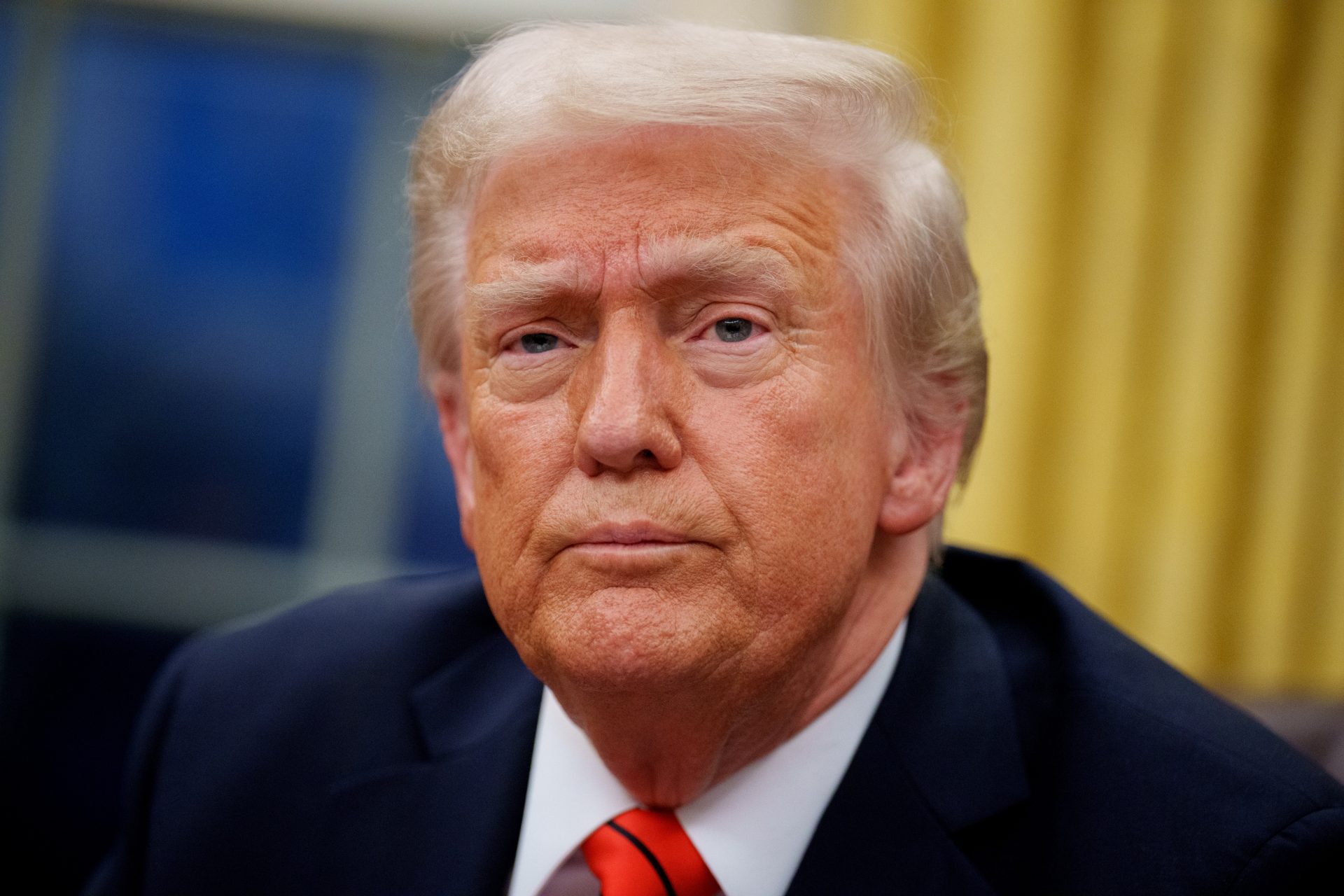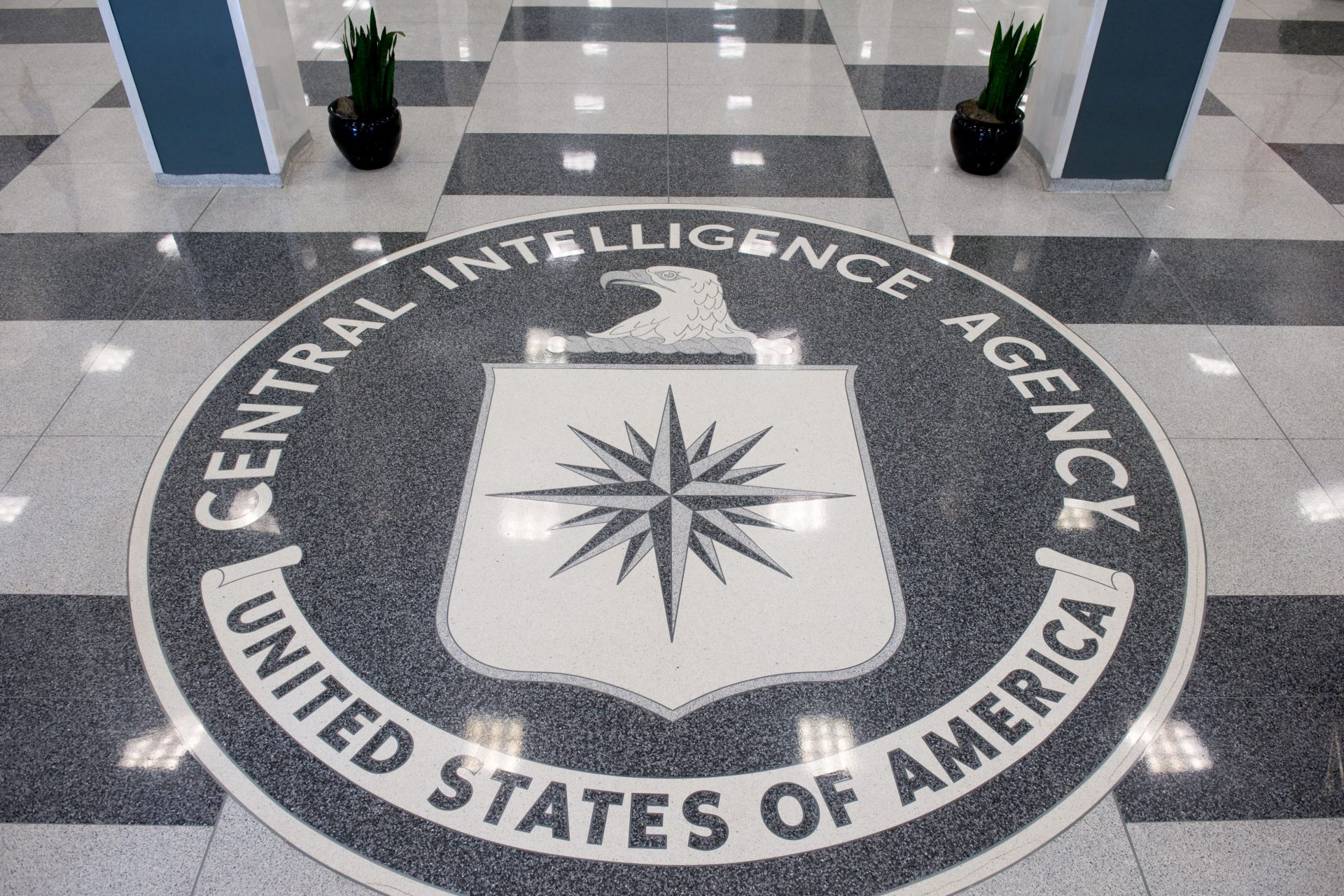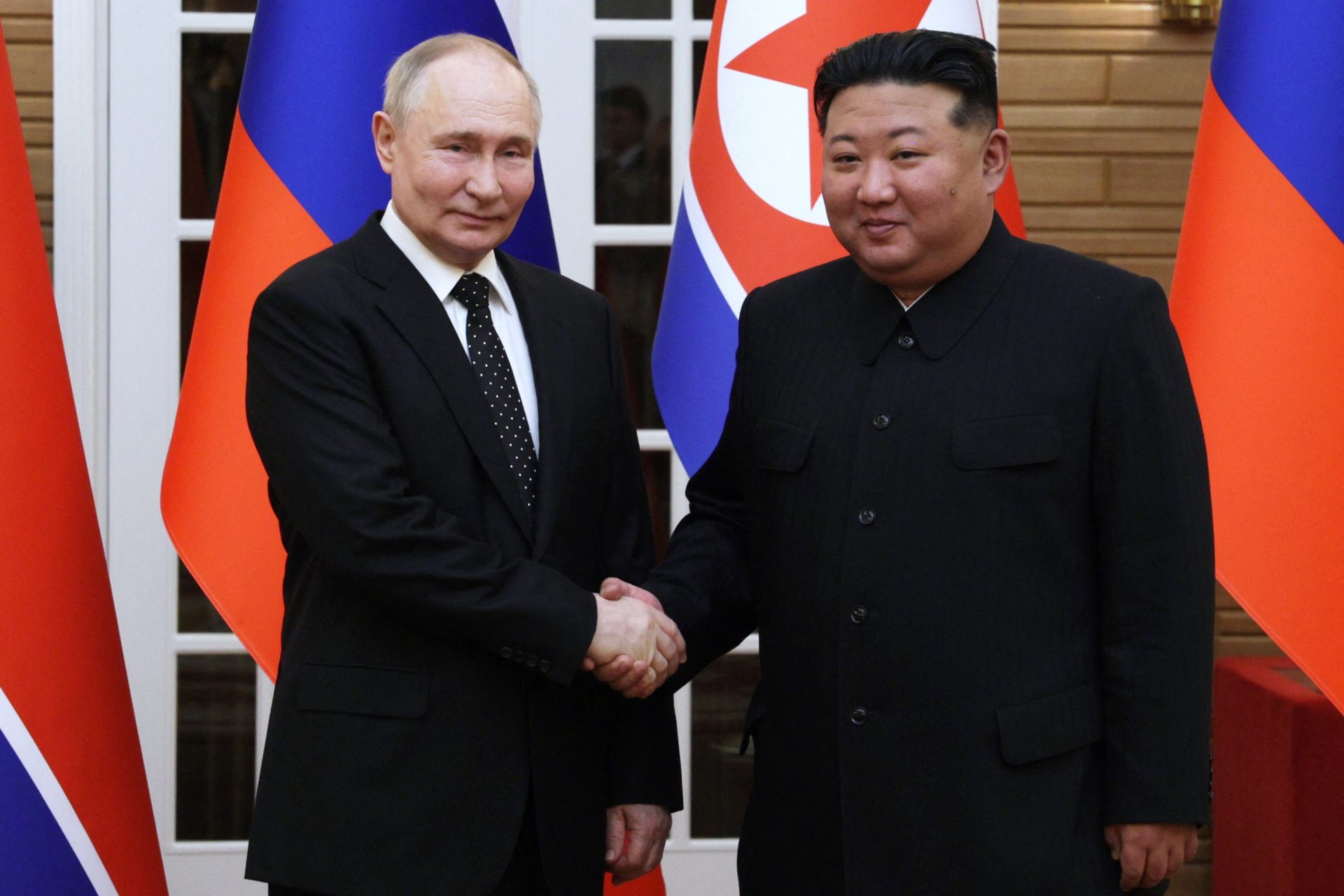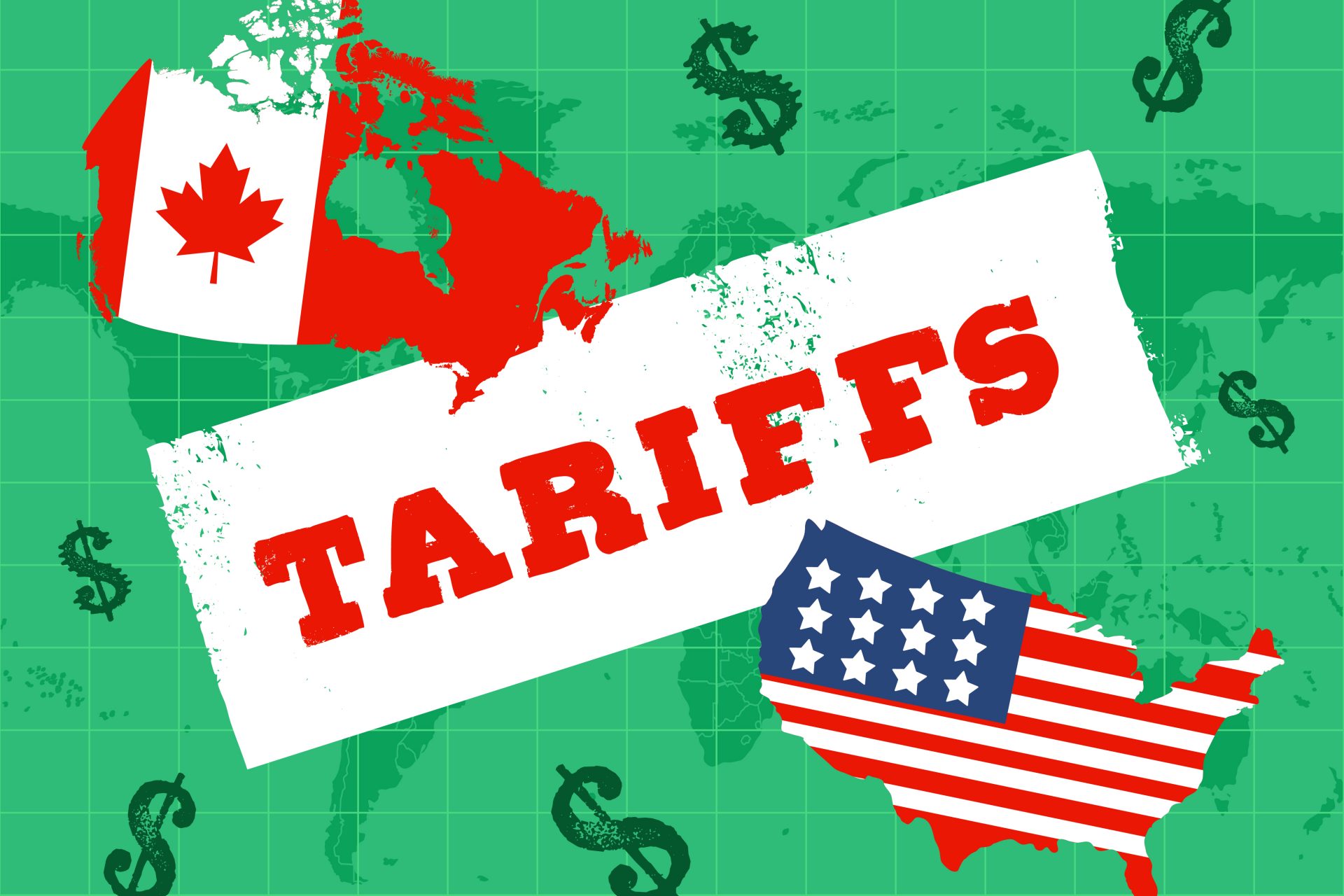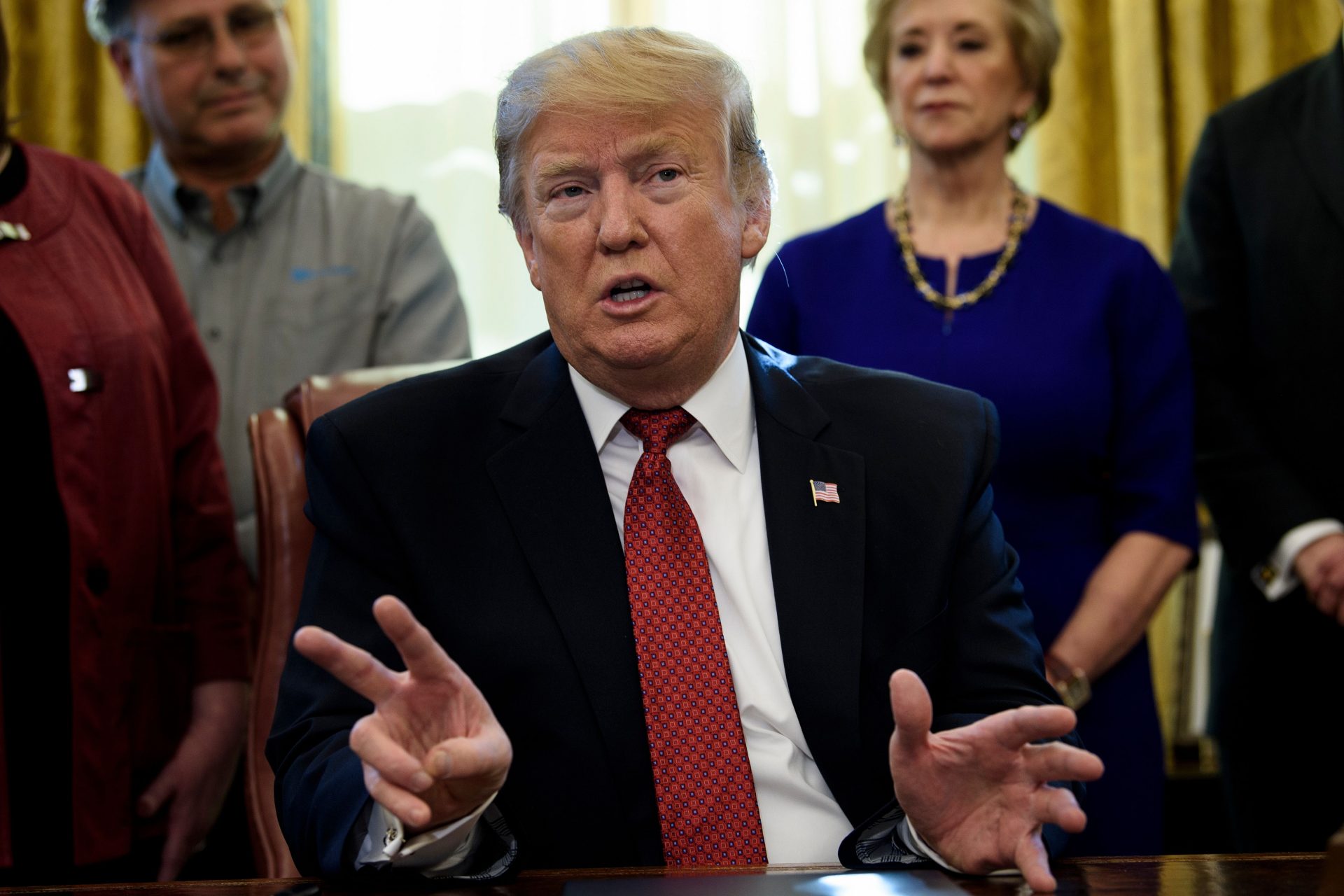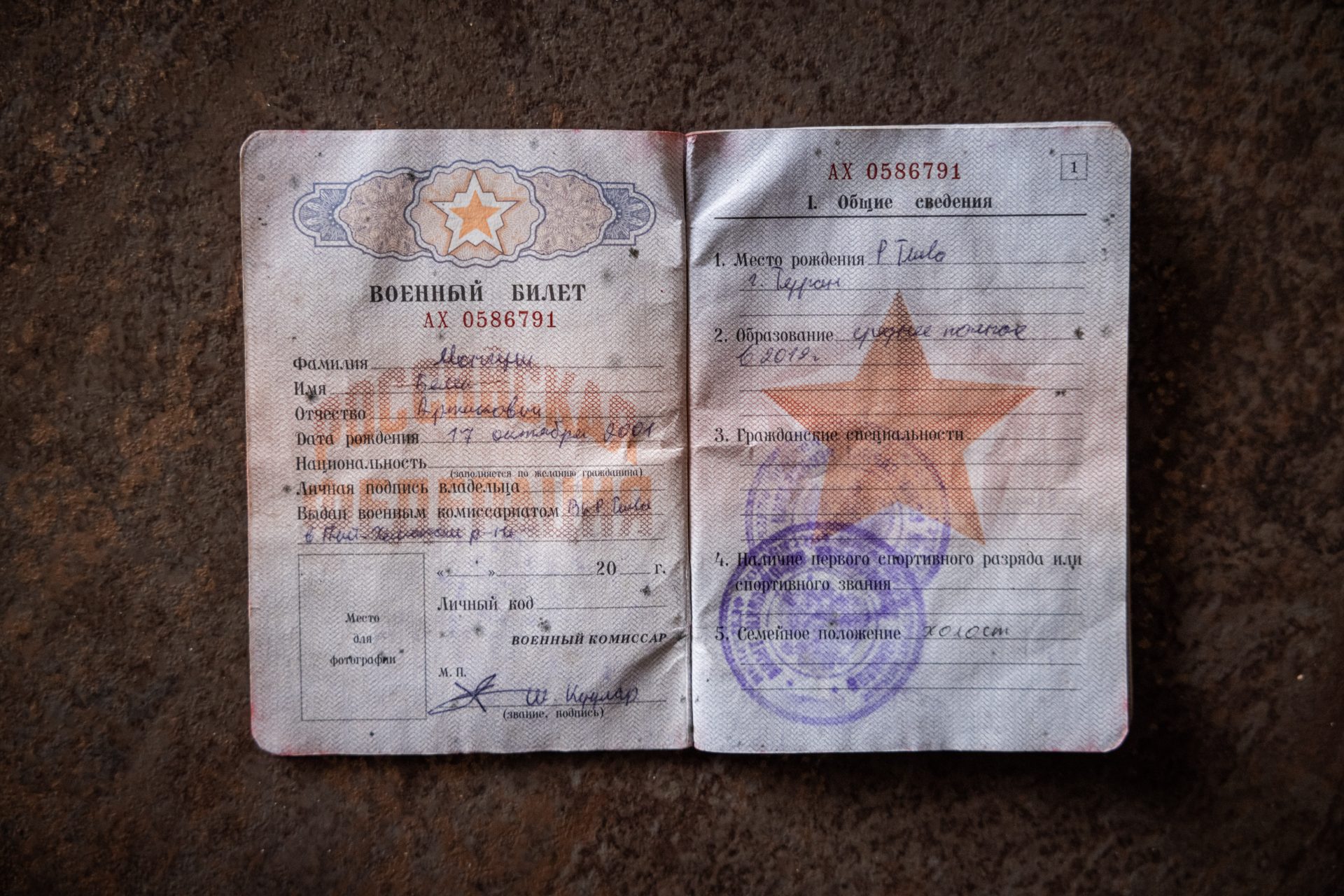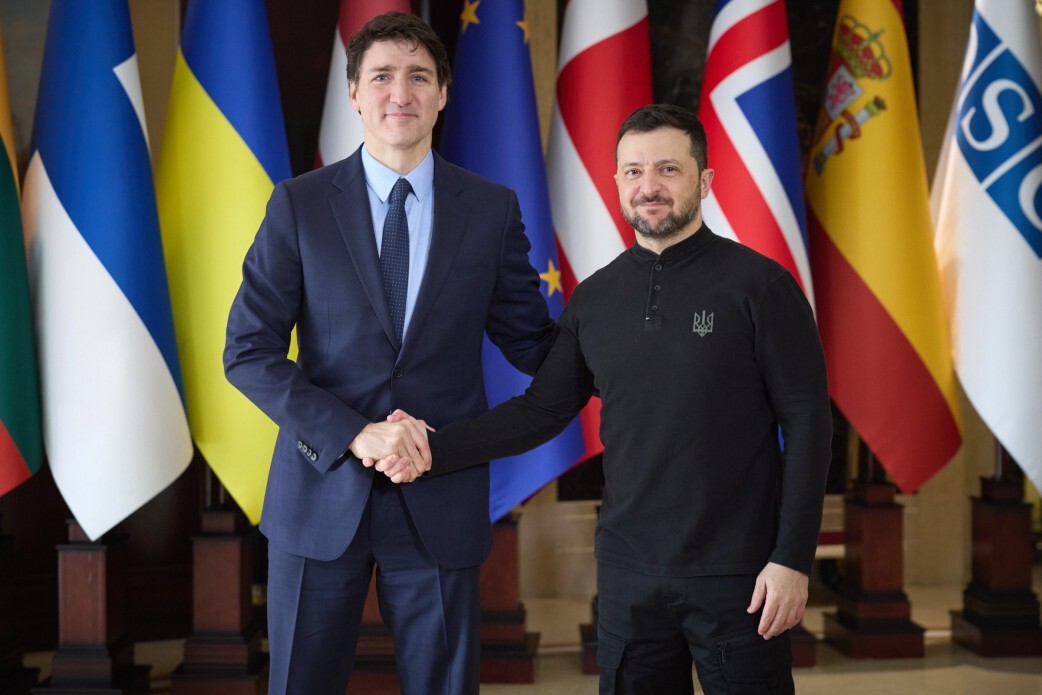Canada will spend billions on defence but it is not enough for NATO
In April, Canada unveiled its new defense spending plans, but Ottawa does not intend to fulfill the NATO obligations it committed to alongside the alliance's other members by July 2023. Here's an explanation of why Canada is falling short of meeting its commitments.
On April 8th, Canada’s federal government revealed its new national defence strategy to the world and pledged a major increase in military and defence spending that would help bring the country more in line with its global partners and allies.
Canada’s 'Our North, Strong and Free' national defence policy included an increase of $8.1 billion in military spending set to unfold over the next 5 years and committed to an increase of $73 billion in spending that will occur over two decades.
"This is a significant increase in defence spending and is a major step forward in our effort to reach two per cent of GDP, as agreed by NATO members at the Vilnius Summit in 2023," the policy document’s executive summary explained.
However, the increased defence spending Canada is planning over the next five years will not meet the two percent spending threshold that NATO member states agreed to at the defensive alliance's Vilnius Summit in 2023.
A message from Canadian Minister of National defence Bill Blair included in the policy document noted that the additional funds allocated by Ottawa to its defence spending will only increase Canada’s expenditures to 1.76% of GDP in 2029-30.
While appearing in front of a Senate committee looking at the country’s new national defence policy, Minister Blair noted that Canada would up its defence spending from the current 1.33% and said the plan would help Canada achieve its 2% target, CBC News reported.
"Moving from 1.33 per cent to 1.76 per cent by 2029-2030 is real progress, and we are also encouraged by the assurances we have received that there will be additional investments," U.S. Ambassador to Canada David Cohen said in a statement according to CBC News.
Photo Credit: Twitter @USAmbCanada
In 2006, the defence ministers of NATO member states agreed that each country in the alliance should commit to spending a minimum of 2% of their GDP on defence spending to secure the defensive alliance’s readiness.
The NATO 2% defence spending target was again backed by alliance member states in 2014. The Defence Investment Pledge was endorsed, which reaffirmed that each state should aim to spend at least 2% of its GDP on defence.
At the 2023 Vilnius Summit, NATO leaders agreed to a new Defence Investment Pledge and again committed to investing 2% of their GDP in defence spending and also agreed that the percentage would need to be raised in the future.
The new Defence Investment Pledge also called on all alliance member states to meet the “20% of annual defence expenditure guideline on major new equipment, including research and development.” This is a target that Canada will hit and exceed.
Under the country’s new national defence policy, Canada is “on track to exceed NATO's target of 20% for major equipment expenditures as a proportion of defence funding,” according to Minister Blair's statement in the policy.
“Consistent with our commitment, this policy also lays the foundations for future growth in the Canadian Armed Forces, including through a more regular and rapid cycle of further review and investment,” Minister Blair added.
Canada’s failure to meet NATO’s agreed-upon 2% defence spending target comes at a time when a record number of other member states will meet the commitment according to a report from Politico.
In February, NATO General Secretary Jens Stoltenberg told reporters ahead of a planned meeting of alliance defence ministers that eighteen countries were on track to meet their 2% commitments, which he noted was “a six fold increase since 2014.”
More for you
Top Stories



